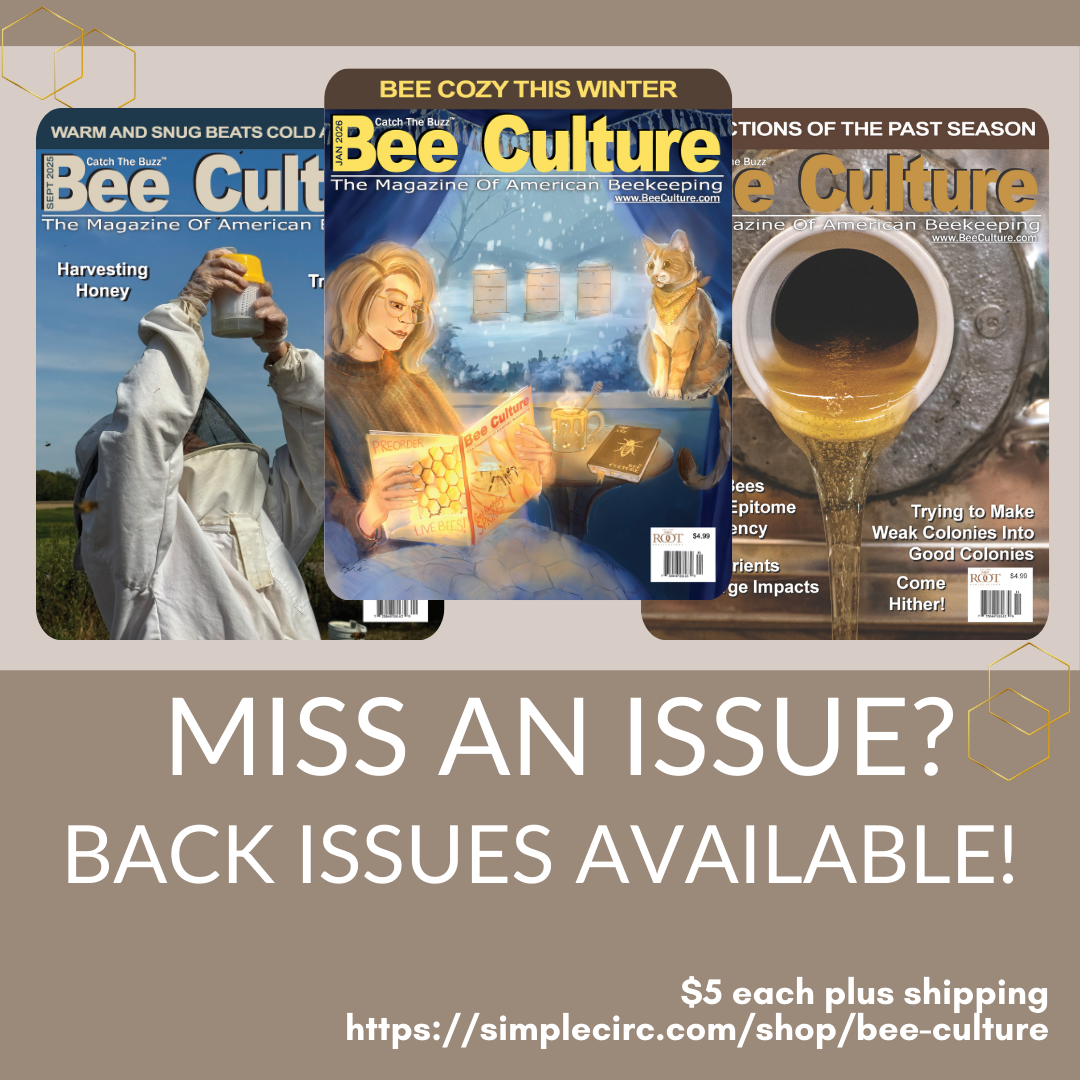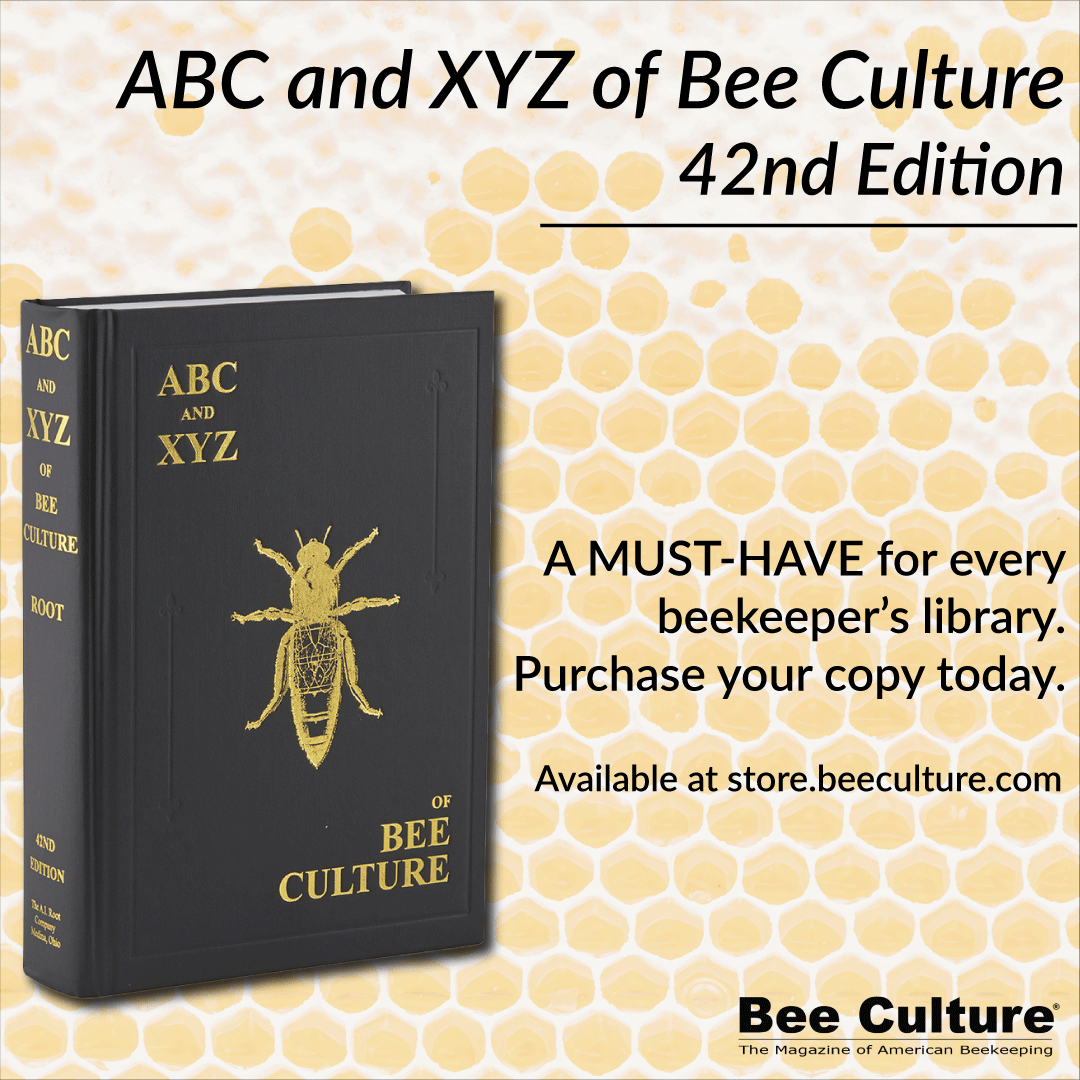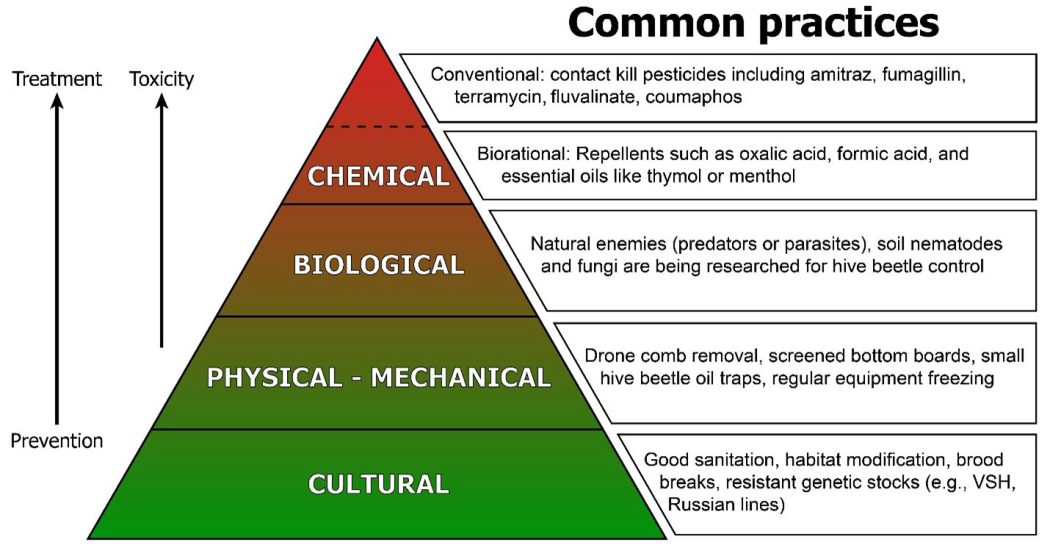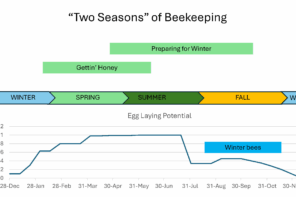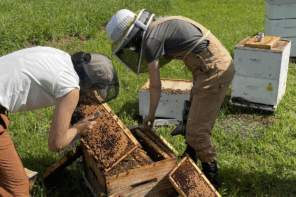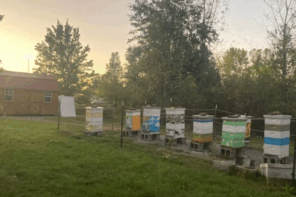For Integrated Pest Management
By: Edward Hsieh and Adam Dolezal
The term “pest control” frequently conjures up images of masked exterminators dispensing poisonous chemicals from sprayer wands a la Dale Gribble from the TV series King of the Hill or crop-dusters dropping pesticides overhead. Combined with other depictions of pesticides, this seems to lead people to two different reactions to chemical use – either a desire to use chemicals to kill every bug they see or to decry the use of chemicals for any reason. As beekeepers, I think we see this reflected very well in the different strategies for controlling hive pests. Most of us know various folks whose practices hit at different points along a range of strategies – fully natural (no chemicals), organic (only natural chemicals), or conventional (any treatment), all with or without different forms of monitoring. There are so many choices – it can be difficult to decide what is the right thing to do! One way to deal with this is to apply the core principles of integrated pest management (IPM) to map out the different options and decide when and where to implement them.
 Some beekeepers are probably familiar with IPM already, especially if they have a background in other agriculture systems, but many are not – I only learned about IPM when I started working in soybean agriculture. Integrated pest management is an approach to managing pests that combines cultural, physical, biological and chemical practices. Think of it as a flow chart of responses to a pest, usually represented as a triangle or pyramid, rising from least to most invasive, with chemical control sitting atop as a final resort. Please see the included diagram for a visual representation, adapted from the Penn State Extension website (https://extension.psu.edu/methods-to-control-varroa-mites-an-integrated-pest-management-approach). IPM was developed in response to the widespread overuse of modern pesticides in the mid-20th century, which led to the development of insecticide-resistant pests. Instead of trying to completely eradicate pest species, a nearly impossible goal, IPM attempts to control the pests by keeping them below a threshold that causes economic damage. Using this philosophy has multiple benefits – it reduces the risk affecting non-targets and is more sustainable and cost effective than methods like scheduled or prophylactic treatments.
Some beekeepers are probably familiar with IPM already, especially if they have a background in other agriculture systems, but many are not – I only learned about IPM when I started working in soybean agriculture. Integrated pest management is an approach to managing pests that combines cultural, physical, biological and chemical practices. Think of it as a flow chart of responses to a pest, usually represented as a triangle or pyramid, rising from least to most invasive, with chemical control sitting atop as a final resort. Please see the included diagram for a visual representation, adapted from the Penn State Extension website (https://extension.psu.edu/methods-to-control-varroa-mites-an-integrated-pest-management-approach). IPM was developed in response to the widespread overuse of modern pesticides in the mid-20th century, which led to the development of insecticide-resistant pests. Instead of trying to completely eradicate pest species, a nearly impossible goal, IPM attempts to control the pests by keeping them below a threshold that causes economic damage. Using this philosophy has multiple benefits – it reduces the risk affecting non-targets and is more sustainable and cost effective than methods like scheduled or prophylactic treatments.
Many researchers and prominent beekeepers have argued we should apply these principles to managing bee pests, particularly the omnipresent Varroa mite. While IPM seems intuitive, it is more easily said than done. What can IPM look like? To walk through it, let’s look at how we might apply this pyramid to Varroa by starting at the “top” of the pyramid – what justifies the use of a ‘hard’ chemical?
First, we have to establish a threshold for interventions – how many mites do you have to see to trigger a chemical treatment? Finding a definitive threshold for Varroa is remarkably difficult, and has become more stringent over time, but many beekeepers use chemical controls after bees surpass a one to 3% infestation (e.g., three to nine mites/300 bees in an alcohol wash). Framing it in our IPM philosophy, we can now think about how to keep mites below this number so we don’t have to use chemicals.
The base of the IPM pyramid usually includes “cultural controls”, an odd term that includes approaches that manipulate the pests’ environment. The best example of this is the breeding of pest-resistant stocks; for bees, this can include the Russian and VSH (varroa sensitive hygienic) lines, among others. Mite or other disease resistant bees have been bred by selecting for bees that maximized the removal of dead or diseased larvae (i.e., hygienic behavior). You can imagine this is a long and difficult process – much more so than simply using chemical controls – so it’s an excellent example of how long-term investment in IPM strategies are often needed to address root issues instead of relying on repeated treatment of the symptoms.
While we aren’t quite there yet for Varroa-proof bees, resistant genetic stocks can be used side-by-side with other IPM treatments to keep our Varroa numbers below threshold. Going up the pyramid, we start “physical” or “mechanical” treatments. This can include screened bottom boards and drone comb removal. Regularly cycling used hive equipment through freezers kills off eggs and larvae of certain pests like small hive beetles and wax worms, allowing for the reuse of drawn comb without the risk of spreading hive pests. The next step up is usually considered “biological control,” introducing a natural enemy (a predator or parasite) of your pest, thereby creating a biological ally in your management efforts. While there have been successes in other systems, researchers are still searching for an effective candidate for use in beekeeping. Thus, in a perfect world, you would be able to work your way up this pyramid, using different non-chemical treatments to keep mite levels below threshold most of the time, removing or reducing the need for a chemical. IPM does not condemn chemical control, but rather puts it last in our flow chart of treatment choices, advocating for its responsible use in combination with other methods, thereby maximizing the number of options available to beekeepers and increasing their combined effectiveness.
Above are just some examples of the types of practices that fit in the IPM pyramid – there are many others. That said, I think most beekeepers will see the challenges with many of these practices; they can be time-consuming, difficult or expensive. It can be far simpler to follow a predetermined chemical treatment schedule, reducing variability and increasing the ease-of-planning. While this option may be tempting, such an approach damages the sustainability of the beekeeping practice as a whole. For example, Varroa resistant to amitraz (our main synthetic miticide) are becoming more widely detected. Although IPM strategies undeniably demand a larger upfront investment, they allow for a greater understanding of the pests and the flexibility for beekeepers to adapt to future situations in their quest to help their colonies thrive.
For additional information on IPM practices and resources geared towards beekeepers, please visit the IPM4Bees website through Iowa State University, available via the following link: https://pollinators.ppem.iastate.edu/ipm4bees.

